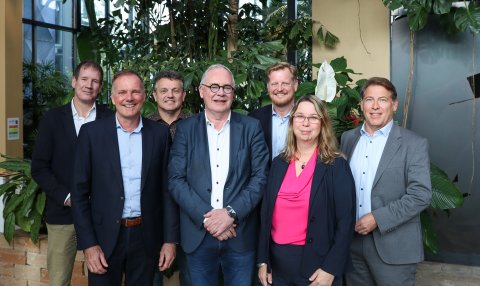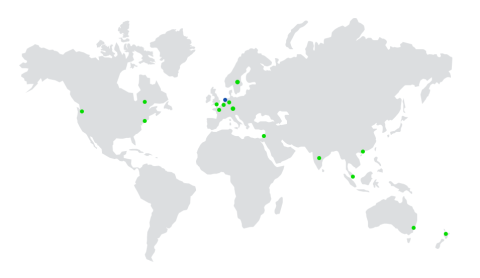
Many organizations find it difficult to choose an IT strategy that includes the right software solution(s) for future-proofing their real estate and facility management processes. Two popular options are deploying one single integrated solution – like an IWMS – or a combination of one or more point solutions, called a “best-of-breed strategy.” In this blog I will explain the differences between these two options as well as raise an important question: is it still necessary nowadays to choose between one or the other?
With the increasing focus on measurable business value and the need for operational excellence, the use of supportive software solutions for real estate and facility management has become widely accepted and common practice. The business case for these software solutions is usually based on themes like portfolio transparency, control, processing efficiency, cost reduction, organizational agility, customer value and compliance.
However, many organizations have had problems choosing the right software solution shown by the fact that some software implementations do not deliver the planned results. Reasons for failure can be very diverse but typically include gaps between expectations and reality, underestimating the effort needed during implementation and change management, and unexpected complexity in IT technology and operations.
What makes the difference?
Unfortunately, the vendor landscape does not help either. Many local vendors offer a large number and wide range of software solutions labelled as IWMS, CAFM, CMMS, FMIS, Service Management software, Asset Management software or any other label that helps them to market their products successfully. However, what makes these software solutions really different? One significant differentiator between them is a solution’s typology: a point solution or an integrated solution. Let me briefly elaborate on this by explaining both their strengths and weaknesses.
Point Solution: strengths and weaknesses
Point Solutions are typically designed to solve one specific business problem. Due to this specialization and focus, Point Solutions are champions in their particular area of functionality. Examples of Point Solutions are room-booking software, helpdesk software, space management software or maintenance planning software. The strength of a Point Solution is also its weakness: the software only solves one business problem. To solve multiple problems, multiple Point Solutions must be selected and implemented. Common data needs to be shared between these Point Solutions, implying complexity, potential inconsistency and risk.
Integrated Solution: strengths and weaknesses
Integrated Solutions are designed to solve multiple RE & FM business problems from within one software solution that is based on a single database. An Integrated Solution allows you to purchase and implement just one software solution, ensures that data is stored consistently and only once, supports automatic connections between processes and facilitates reporting across these processes. An Integrated Solution typically supports multiple processes in real estate management, space and workplace management, asset & maintenance management, integrated services management and sustainability. The implementation of an Integrated Solution is wider when compared to a Point Solution and the complexity of data exchange between processes is avoided.
Do you really have to choose?
Now you know a bit more about the differences between a point solution and an integrated solution. But how can you use this information to build the IT landscape for your real estate and facility management processes? Five years ago, the advice would be to either cover as many functional requirements with one integrated software solution as possible or embed a number of point solutions that together tackled all the requirements in the best possible way. Now, it is time to look at it differently. A huge wave of various technology innovations is becoming available in the real estate market – referred to as PropTech. They represent a fundamental move towards digitization around buildings and offer highly specialized functionality for each business problem, providing a better experience to the users and becoming easier to deploy and replace.
Therefore, we are moving away from an either/or to a both/and attitude; viewing point solutions as complimentary to integrated solutions. In this new vision, your starting point to future-proof your real estate and facility management processes, is deploying an IWMS as an open application platform with a seamless connection to PropTech. An important prerequisite is that an IWMS must have the fundamental capability to deploy and integrate those new technologies and possibilities that relate to the processes they support. When positioning it like this, an IWMS platform really functions as the “single pane of glass” for real estate and facility management professionals to manage their business. It provides corporate-wide solutions and ensures data quality and consistency with one single source of truth that also includes data from all required specialized applications and local building technology. In that case, an integrated solution and point solutions can go hand in hand.
Are you interested to know more?
In this blog, my colleague Geert-Jan Blom discusses six different perspectives to consider when selecting the right real estate IT strategy in today’s world of integrated solutions and PropTech. Furthermore, Planon has co-hosted an interesting webinar with Verdantix on this topic, called “How to leverage your IT strategy for real estate and facility management.” Watch the recording of this webinar to get a complete view on today’s major real estate and facilities IT strategies and the important role of IWMS.





















